If you like strolling empty sidewalks with little traffic, and only a few walkers, seven in the morning is good in Cuenca, Ecuador.
It is a downhill jaunt from the end of Munoz Luis Cordero to the Parque Calderone. There are many General streets in this district but I remember Luis Cordero because at one end is Calle Munoz Vernaza, 3-46, where I reside for December 2015.
The Dorado panaderia I like to visit each morning is operated by the nearby El Dorado hotel and offers upscale breads and pastries, coffee and sandwiches. It has an upstairs where you eat or visit with friends and business associates, a clean bano on the bottom floor, modern decor, well presented baked goods.
One of the first things people ask me here is, ” Do you live here?, and, ” Do you like our city? ”
My standard answer is – “I don’t live here but I love your city.”
Even though Cuenca isn’t as big as Montevideo, it has a quarter million people nestled in between high Andes mountain ranges. It doesn’t spring from the indigenous jungle people like Costa Rica or Belize, or the cattle people of Uruguay, but from small, short stature, reserved people who live quietly in the high Andes and spend time growing crops on land that isn’t hospitable to farmers.
Cuenca is a city with a Spanish history rather than British, Catholic rather than Protestant. Ecuador shares more in common with Peru than Uruguay and more with Costa Rica than Belize.
If countries are determined by the traits of their indigenous peoples, Ecuador, and, by extension Cuenca, should reflect the mountain people of the Andes and it seems, to me, that this is true.
Geography does more to determine a countries character than all the books written about it.
Ecuador is now my fifth travel ring.
Search The Site
Translate This Page
Support Scott
See Scott’s Artwork!
Your purchase helps Scott continue his travels and he’ll reciprocate by taking you along in words, photos and videos!Recent Posts
Recent Comments
- scott on Fishing/Palo Duro Canyon
- rhett ladd on Fishing/Palo Duro Canyon
- scott on Strawberry Shortcake
- Charlie on Strawberry Shortcake
- scott on Prepper Money
- Alan on Prepper Money
- scott on Decorative Art
Archives
- April 2020 (28)
- November 2019 (1)
- October 2019 (5)
- September 2019 (3)
- August 2019 (8)
- July 2019 (18)
- June 2019 (8)
- May 2019 (21)
- March 2019 (52)
- February 2019 (22)
- November 2018 (18)
- October 2018 (9)
- August 2018 (1)
- July 2018 (10)
- June 2018 (11)
- December 2017 (11)
- August 2017 (12)
- June 2017 (18)
- April 2017 (10)
- March 2017 (33)
- February 2017 (33)
- January 2017 (2)
- October 2016 (2)
- September 2016 (49)
- June 2016 (1)
- March 2016 (2)
- February 2016 (8)
- January 2016 (16)
- December 2015 (50)
- November 2015 (57)
- October 2015 (7)
- September 2015 (10)
- August 2015 (11)
- July 2015 (5)
- June 2015 (6)
- May 2015 (8)
- April 2015 (6)
- March 2015 (8)
- January 2015 (29)
- December 2014 (30)
- November 2014 (83)
- October 2014 (3)
Categories
- Country (423)
- Belize (57)
- Costa Rica (10)
- Dominican Republic (55)
- Ecuador (56)
- Haiti (18)
- Mexico (48)
- Nicaragua (51)
- Philippines (30)
- Uruguay (98)
- Photo Shoots (10)
- Scott's Best Of (713)
- Animal Stories (86)
- Art, Music, Performance, Writing (122)
- Blast to the Past (111)
- Fish Stories (28)
- Friends & Family (88)
- Getting Around (81)
- Holidays, Events & Celebrations (50)
- Home Bases (69)
- Kids (47)
- Money Talk (118)
- Mother Nature Saddles Up (106)
- On the Beach (49)
- People (214)
- Places to Go & Things to See (185)
- Quirky (134)
- Shop 'til You Drop (57)
- Spirit Talks (194)
- Sports & Recreation (75)
- The Great Security State (108)
- What's to Eat (125)
- Working For a Living (154)
- States (293)
- Arizona (48)
- California (6)
- Colorado (36)
- Florida (10)
- Nebraska (6)
- New Mexico (150)
- Texas (37)
- Videos (66)

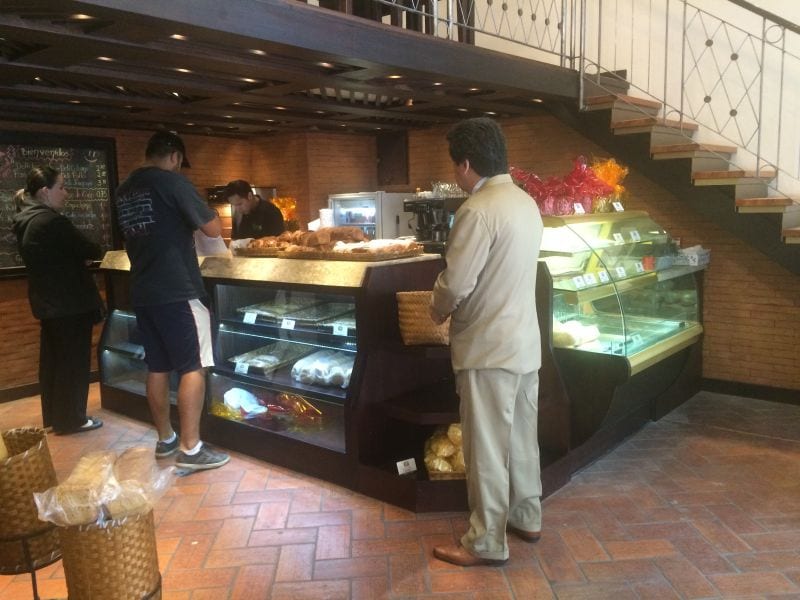
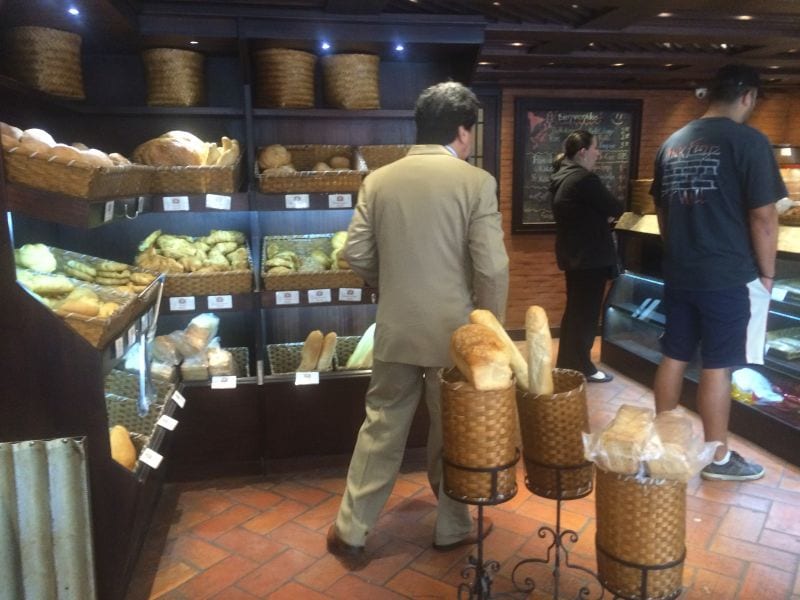
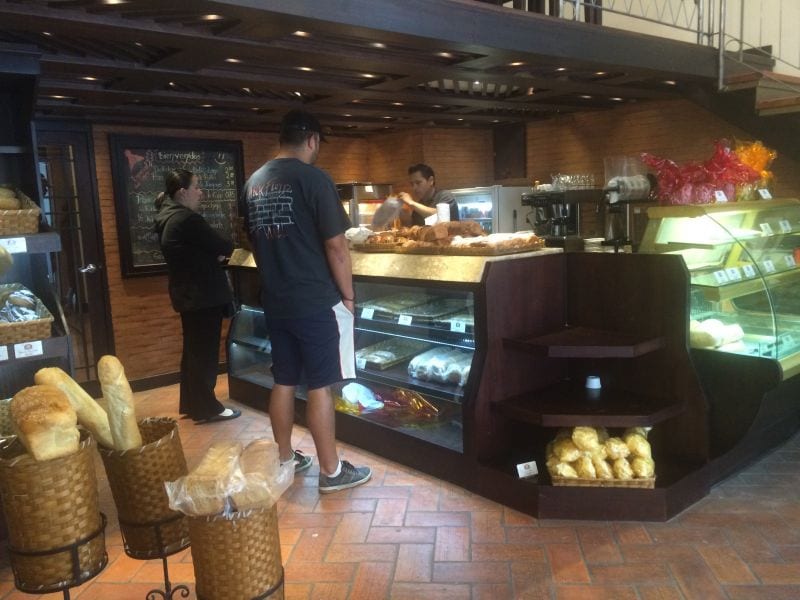
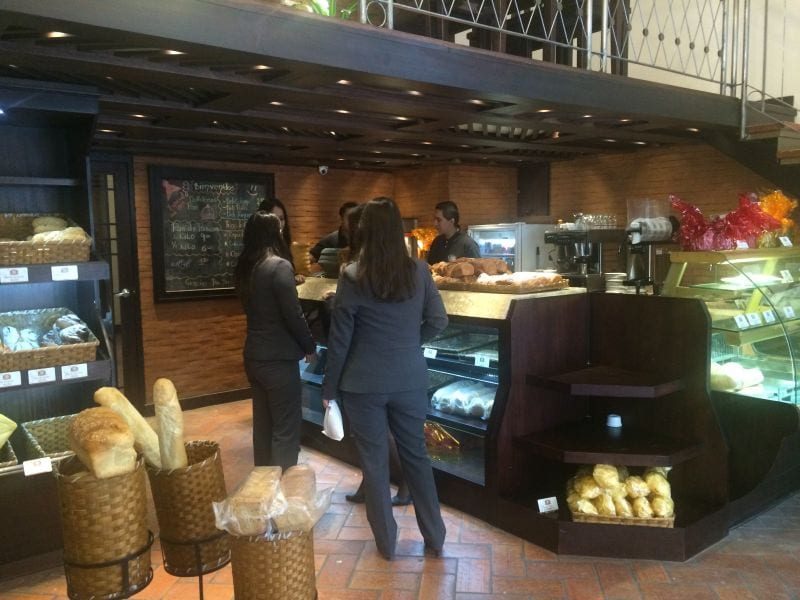
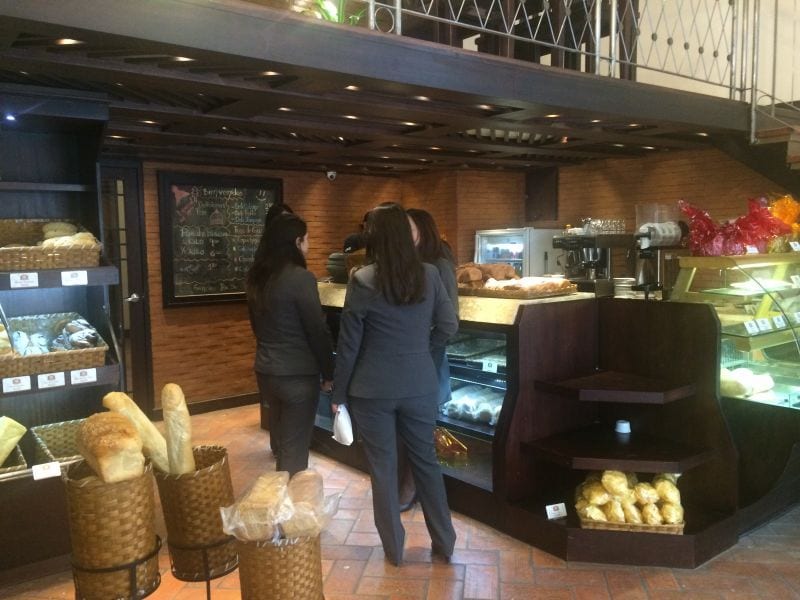
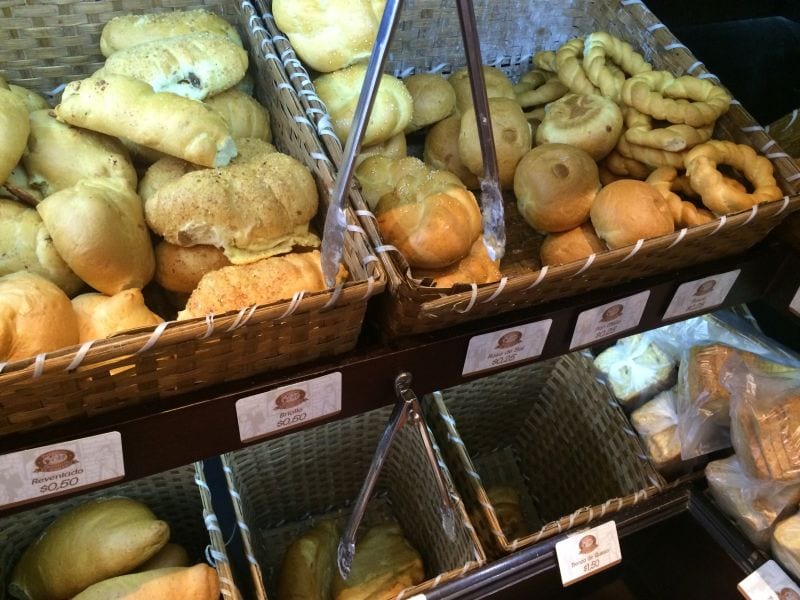
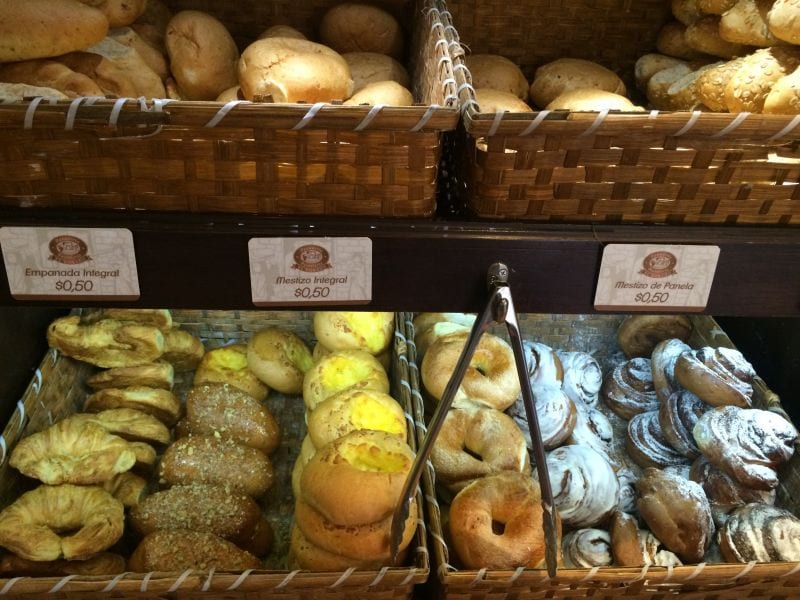
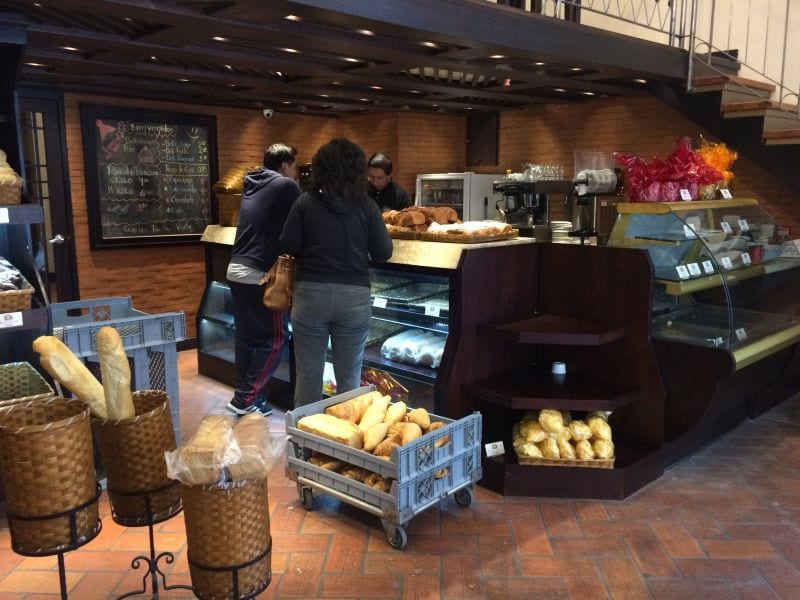


What a cool little pastries shop!